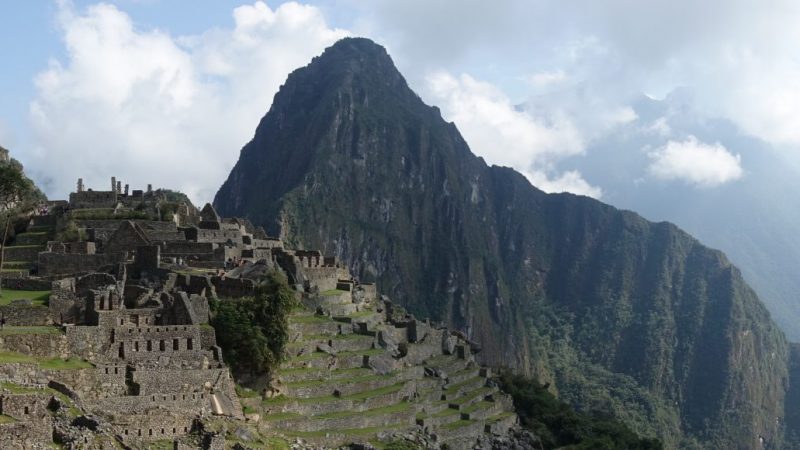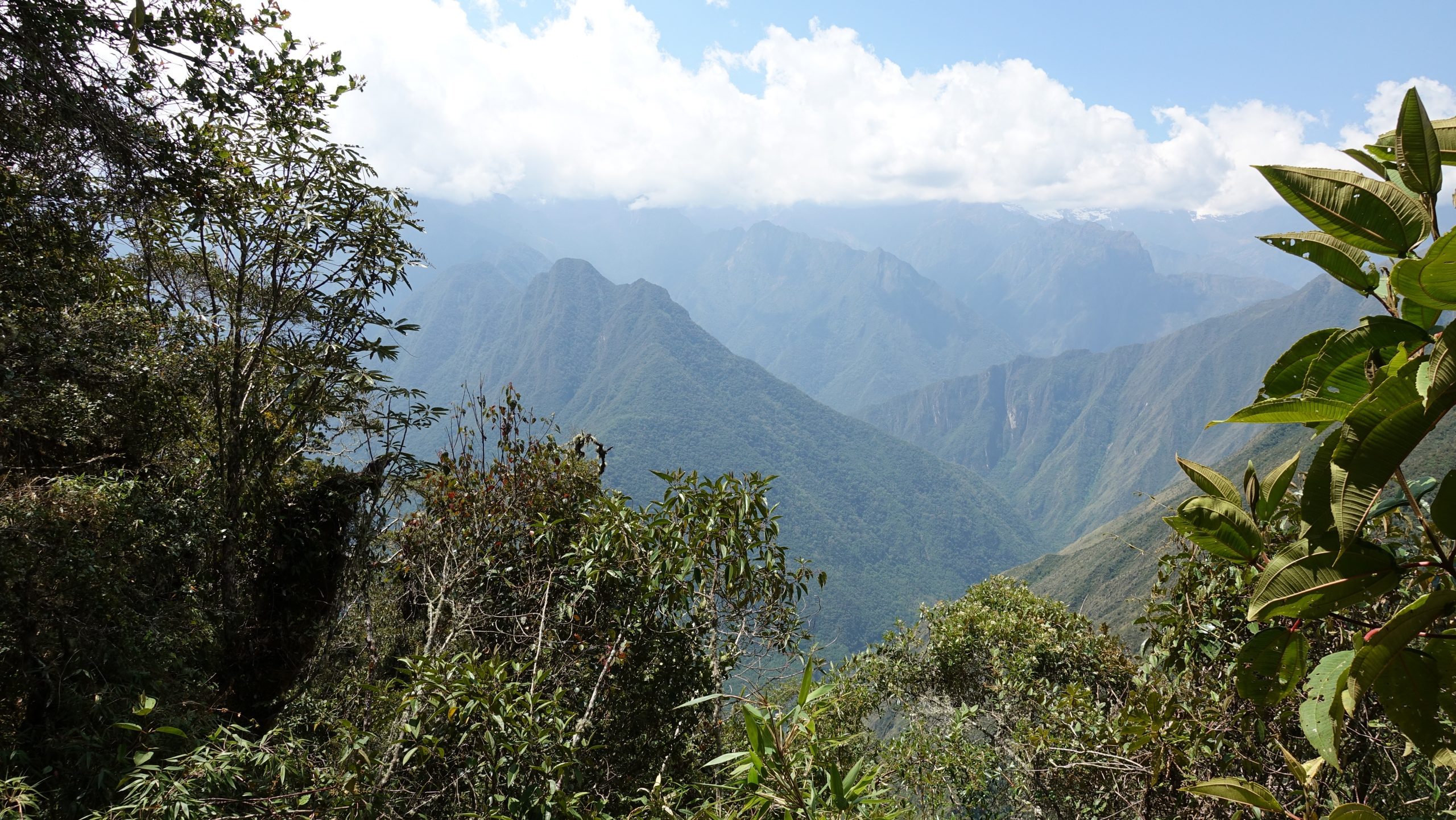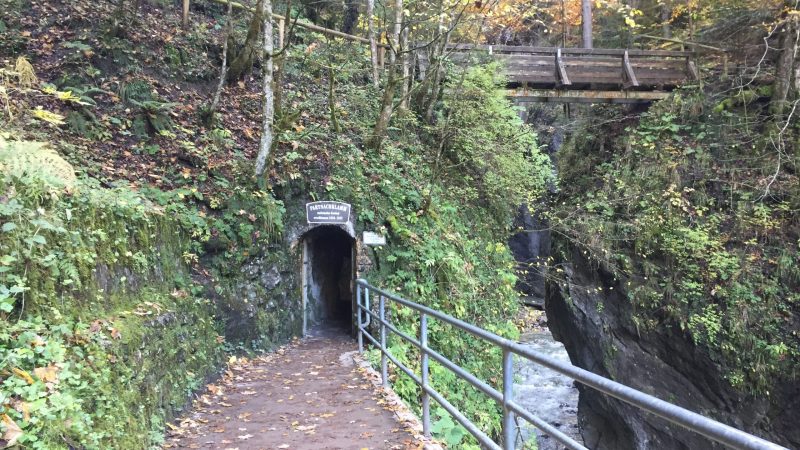If you haven’t yet read Part 1 of this series, you can find it here.
The Basics – Time, Distance, Difficulty, Cost, Booking
Time
As I mentioned in Part 1 of this series, the trek takes four days. Each day starts early, as in daybreak or even earlier. Depending upon where you spend the night before the trek begins, your pick-up time will be anywhere between 4:30 and 6:30 (if you want to sleep as long as possible, stay in Ollantaytambo the night before!). On the final morning of the trek, your wakeup time will be sometime around 3:30!
Distance
The entire trek is 45 km (28 miles) long, with lots of ups and downs. Most of the elevation gains are in the first half of the trek. The distance and elevation changes covered in each day varies depending upon which tour operator you choose, as they break up the trek differently and stay in different campsites.
Difficulty
This is tough to answer, as the perception of difficulty can vary widely from one person to the next. But generally speaking, if you are reasonably fit, have done some recent uphill hiking to build endurance, and give yourself enough time to adjust to the high altitude, the trek should be doable. The altitude is something I cannot stress enough, however; Dead Woman’s Pass, the highest point of the trail, is 4,215 meters (13,829 feet) high. If your body is not prepared for the altitude then you will struggle, therefore I recommend giving yourself plenty of time in nearby high-elevation areas to acclimate.
On my trip, I did some hiking in the Colca Canyon, visited Lake Titicaca and spent a few days in Cusco and the Sacred Valley in the 10 days before the trek – all high elevation areas. The hike out of Colca Canyon was challenging (an elevation gain of 1220 m / 4000 ft over 10.1 km / 6.2 miles, to reach Cabanaconde at 3300 m / 10,800 ft), but it was excellent preparation for the even higher altitudes encountered on the Trail. You needn’t spend as much time acclimating as I did, but whatever you do, don’t hop a flight from sea level to Cusco and then hit the trail early the next morning…you will almost certainly regret it if you do!

Made it to “the top” – Dead Woman’s Pass, 4215 m / 13,828 ft, Day 2. We were told that the week prior it was snowing at that location!
Cost
It varies widely depending upon the level of luxury you seek; as of 2019 treks could be found as cheap as $500 per person, but could easily run over $1500 for a private luxury service. The standard “middle rate”, however, was usually in the range of $650-750 per adult. If you’re on a budget it isn’t cheap, but when you think of what you’re getting for your money you realize it’s actually a pretty good deal. The mandatory trail permit fee, entry to Machu Picchu plus the services of a guide are always included, and transport to/from Cusco is usually also part of the package. Naturally all your food along the trail is included as well, as there are no restaurants. 🙂 Most of the reputable tour operators also supply tents, sleeping bags and mats (although you may choose to bring your own sleeping bag and mat), and most importantly, hard-working porters to carry all this stuff. I’ll discuss this further in the next section, but my operator had porters who carried everything except my water, personal items such as a camera and the extra clothes I needed for the day, which I carried in a small daypack.

Booking
This is simple, you MUST plan well in advance if you want to hike the trail! Plan to book at least 6-12 months in advance, as spaces fill up quickly for all tour operators. I actually built the entire trip to South America for my family and myself around this trek, booking our trek spaces even before our flights! There are multiple “alternative” treks on other sections of the Inca Trail, which visit different places and end with the final night in Aguas Calientes before taking the bus to Machu Picchu in the morning. These are quite a bit easier to book at short notice, and although I can’t personally speak to these experiences I’ve heard good things from people who have done alternative treks, such as the Salkantay.

In the next and final post in this series, I’ll share some insights about how to select a reputable tour operator, discuss some of the environmental concerns surrounding the trek and Machu Picchu, and finally share a less-than-ideal (and therefore controversial) infrastructure project being planned for the region.




